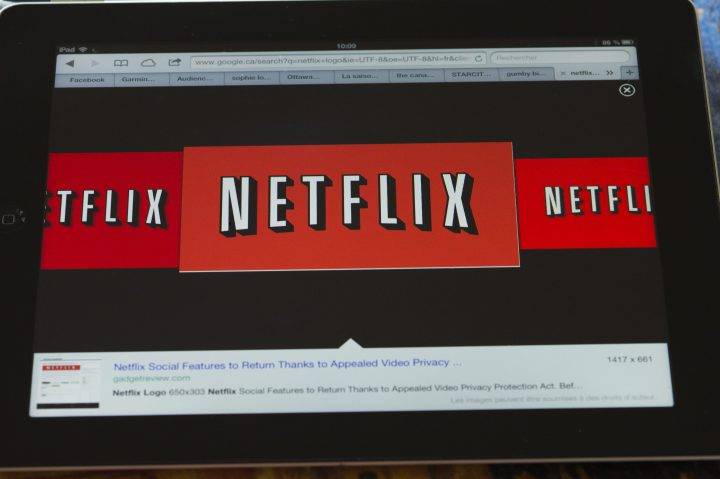Thirty per cent of business don’t!
At some point in the lifespan of any business, disaster will strike. It’s inevitable. From unsuspecting employees letting lose ruthless viruses, to something much less preventable, such as an electrical fire, any loss of data can be detrimental. The key component to managing any business is having a business continuity plan, so that when disaster recovery is needed, it’s only a phone call away.
In a previous post, we talked about the importance of data backup. Making sure your data is backed up in the proper mediums is fantastic but, having a plan with what to do once the system crashes is just as crucial as saving the data itself.
This is where the idea of business continuity comes into play. Having the ability to continue running your business during these emergency cases will minimize revenue loss, as every minute a server is down is a hit to the company.
There are many examples available of companies that were saved simply by having a backup plan in place, such as the one about Cantey Technology, who lost its entire operation to a lightning strike in 2013.
According to Tracy Rock, InvenioIT.com, the office building in Mount Pleasant, South Carolina, was home to the IT company, which hosted servers for more than 200 clients.
The fire caused the entire network infrastructure to melt, burning cable and computer alike. With equipment destroyed beyond repair and an unusable office, a panic should have set about the entire organization. Instead, states Rock, Cantey’s clients had no idea.
As part of their business continuity plan, Cantey had already moved its clients servers to a remote data center, where continual backups were stored. Staff of Cantey were displaced in a temporary office, but no client experienced any disruption of service. Although Cantey Technology had no control over the force of nature, they were still able to avoid massive loss.
Businesses always believe it won’t happen to them, that the backups they have are enough, but the reality is, they aren’t.
According to InventoIT’s 2017 disaster recovery statistics, hardware failure was the leading cause of all unplanned downtime, with power outages accounting for an additional 35 per cent
Even with backups, if a company isn’t sure what to do once the power goes out, there is still unplanned downtime that adds up. Costing between $926 to $17,244 per minute, these numbers include lost revenue, lost productivity, recovery expenses, equipment replacement, and more.
The same statistic report mentioned that 30 per cent of businesses do not actually have a business continuity plan in place, and a portion of those companies haven’t even talked about it.
With the inevitability of a disaster strike, do you want to be apart of that 30 per cent?
If you are curious as to how much your business would lose in the event of a disaster you can input all your data into our online calculator. The results might shock you.



